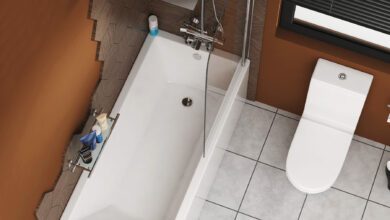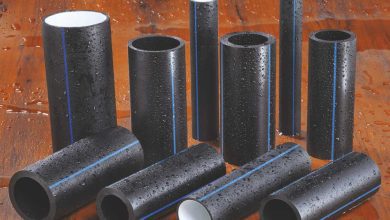5 Things to Know Before Choosing the Ideal Wall-Mounted Toilet Pan

Before you head over to choosing a new bathroom suite for your home, you should know that wall-mounted toilets are efficient and stylish and need low maintenance. They are also known as the wall-faced toilet pan or floating toilet.
They are standard toilets anchored and plumbed onto the walls and not on the floor. You install an inlet water supply for such toilets and a waste outlet pipe that is hidden at the back of the wall. As such, a wall-faced toilet pan can be pricey but worth the price and the benefits they call for.
Some of the wall-mounted toilets may be installed near the floor. However, it would still install its plumbing through the wall. Meanwhile, these types of toilets offer a sophisticated and less traditional look. That is why choosing the right kind of toilet for your bathroom can be a challenging task. So, here are a few factors you should consider while finding the appropriate wall-mounted toilet pan for your bathroom.
-
Plumbing Factors
Your existing bathroom has been constructed with a particular type of plumbing layout. This and the bathroom space will influence the type of toilet you can use. However, if you prefer renovating the plumbing for the kind of toilet you want to install, talk to a plumber about the feasibility of your plan and the additional costs it may incur.
If you build a bathroom from scratch, it’s a good thing that you can install any type of toilet you want and implement the relevant plumbing to it.
-
Know Your Pan Type
Australia has three different types of toilet pans; they are Skew traps, P-trap, and S-Trap. The trap refers to the toilet pipe bend expelling the waste. As such, the Skew type pan is usually spotted in old, traditional homes, and it has a pipe on either side of the bowl.
The P-trap is connected to the wall, and the S-trap has a waste pipe connected to the wall.
-
Bowl Construction
Wall-mounted toilet bowls are like traditional toilet bowls. These bowls are made of quality and durable designs and materials. The moulded shape of the bowl fits the mounting system installed in the wall.
-
Weight Limit of the Carrier Frame
Floating toilets can support at least 500 lbs. The workers install the steel frame according to the weight limit of the design and the wall. The metal quality and the strength of the brackets and bolts matter a lot in these terms.
-
Wall Strength
The weight capacity of the toilet relies on the support of the wall. The frame holding the toilet uses studs to remain supported to the wall. And if the wood studs weaken or are damaged due to age or wear and tear, the weight capacity of the new studs will be greater.
The most critical and final influence on the weight limit of wall-mounted toilets is its installation. The loose washers or overtightened bolts increase the wear and decrease of weight capacity with time. And it can cost you more and cause a problem if not managed properly.
During the installation of the wall-faced toilet pan, you need to tear the existing wall apart and expose or move the support studs. As such, you must know that only a professional or contractor can work on the toilet installation efficiently and professionally, ensuring the best results.





